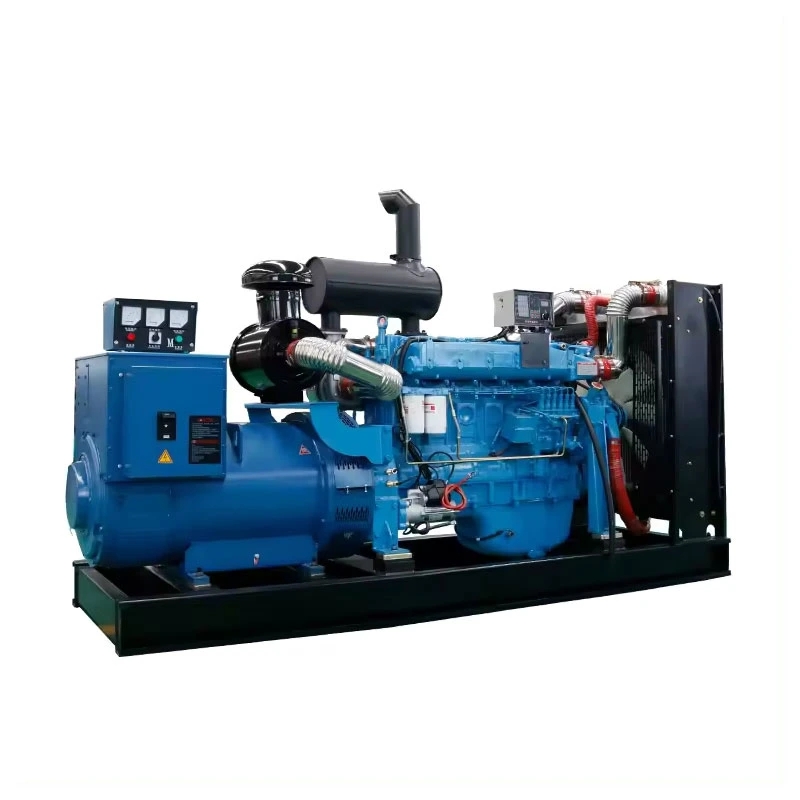Introduction
Diesel generators are vital pieces of equipment used in various industries, commercial buildings, hospitals, data centers, and other critical facilities to provide backup power during electrical outages. These generators are reliable and efficient, but like any other machinery, they can experience issues and malfunctions. Fault finding is a crucial aspect of maintaining a diesel generator to ensure it operates at peak performance when needed. In this comprehensive guide, we will explore the common faults that can occur in diesel generators and provide a detailed overview of the fault-finding process.
Understanding Diesel Generators
Before delving into fault finding, it is essential to understand how a diesel generator works. A diesel generator is a combination of a diesel engine and an electric generator (alternator). The diesel engine is responsible for converting the chemical energy in diesel fuel into mechanical energy, which drives the alternator to produce electricity.
Common Faults in Diesel Generators
1. Failure to Start: One of the most common issues with diesel generators is the failure to start. This can be caused by various factors such as a dead battery, faulty starter motor, fuel supply problems, or issues with the engine components.
2. Low Power Output: If a diesel generator is producing less power than usual, it could indicate a problem with the engine, fuel system, alternator, or voltage regulator. Low power output can result from issues such as clogged fuel filters, worn-out engine components, or voltage regulator malfunctions.

3. 150kw diesel generator : Overheating in a diesel generator can lead to serious damage if not addressed promptly. Common causes of overheating include dirty air filters, coolant leaks, malfunctioning thermostats, or inadequate cooling system maintenance.
4. Excessive Smoke: Excessive smoke emissions from a diesel generator can be a sign of incomplete combustion, which may be due to issues with the fuel injectors, air-fuel mixture, or engine timing. Different colored smoke can indicate specific problems, such as black smoke indicating fuel-related issues and white smoke indicating coolant leaks or internal engine damage.
5. Fuel Leakage: Fuel leakage in a diesel generator can pose a significant safety hazard and lead to fuel wastage. Common sources of fuel leaks include damaged fuel lines, faulty injectors, or deteriorated seals and gaskets.
Fault Finding Process
When troubleshooting a diesel generator, it is essential to follow a systematic approach to identify and rectify the underlying issues effectively. The fault-finding process typically involves the following steps:
1. Visual Inspection: Begin by conducting a visual inspection of the diesel generator to check for any obvious signs of damage, leaks, loose connections, or abnormal operating conditions. Look for visual cues such as smoke, fluid leaks, unusual noises, or visible wear and tear.
2. Check Fuel Supply: Verify that the diesel generator has an adequate supply of clean fuel. Inspect the fuel tank, fuel lines, filters, and injectors for any blockages, contamination, or leaks that could affect the fuel delivery to the engine.
3. Test Batteries: Ensure that the generator's batteries are fully charged and in good working condition. Test the battery voltage and inspect the terminals and connections for corrosion or loose fittings that may prevent the generator from starting.
4. Inspect Engine Components: Examine the engine components such as the air filter, oil filter, coolant level, belts, hoses, and electrical connections for any signs of wear, damage, or malfunction. Replace any worn-out parts and tighten loose connections as needed.
5. Perform Load Test: Conduct a load test on the diesel generator to simulate actual operating conditions and assess its performance under varying loads. Monitor the generator's voltage, frequency, and power output to identify any deviations from the expected values.
6. Use Diagnostic Tools: Utilize diagnostic tools such as multimeters, infrared thermometers, pressure gauges, and oscilloscopes to troubleshoot specific components and systems within the diesel generator. These tools can help pinpoint the exact source of the fault and facilitate accurate diagnosis.
7. Consult Manufacturer's Guidelines: Refer to the manufacturer's technical documentation, service manuals, and fault code guides for detailed information on troubleshooting procedures, error codes, wiring diagrams, and recommended maintenance practices for the diesel generator model in question.
8. Seek Professional Assistance: If you encounter complex issues or are unable to resolve the fault through basic troubleshooting methods, consider seeking the expertise of qualified technicians or service providers specializing in diesel generator maintenance and repair.
Conclusion
Fault finding in diesel generators is a critical process that requires attention to detail, technical expertise, and adherence to best practices to ensure optimal performance and reliability. By understanding the common faults that can occur in diesel generators and following a systematic fault-finding approach, operators and maintenance personnel can effectively diagnose and rectify issues to keep the generator running smoothly. Regular maintenance, monitoring, and timely repairs are essential to prolonging the lifespan of a diesel generator and safeguarding its functionality during power outages and emergencies.
